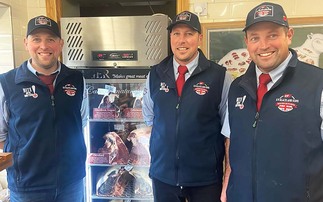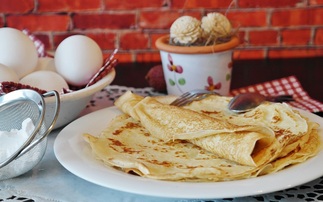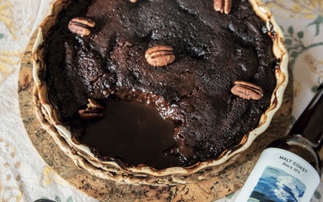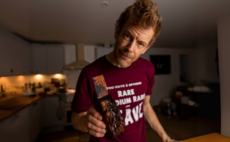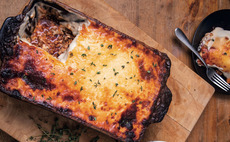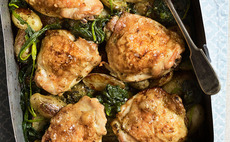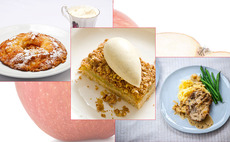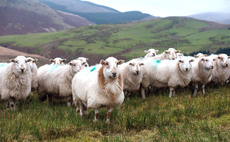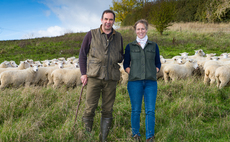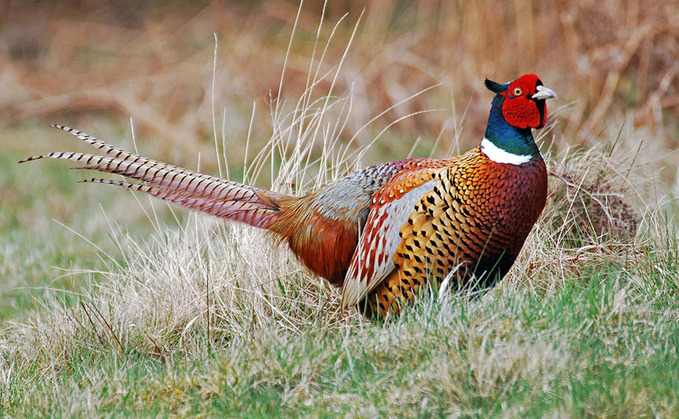
There is no doubt that over the last few turbulent years, shopping habits have changed. We are now looking another period of uncertainty as prices rise and sustainability the prominent topic in the food industry.
Could the answer be, however, game meat?
With the consumption of both feathered and furred game on the rise, the popularity of the meat has seen even prestigious high street stores like Harrods of Knightsbridge stock such produce, alongside supermarket moguls Morrisons and Sainsburys. Many local pubs and eateries have also branched out to include game on their menu, something no longer exclusive to the high-end budget.
Its high protein to low fat and low-calorie content ratio means not only is it flavoursome, but a healthier option for many people as well, with grouse containing less than two grams of fat per 100g, and partridge less than one gram. Further to the nutritional benefits, game tends to come straight from the field to our plate, reducing any need for added substances or preservatives. Its wild and free-range nature, alongside its active lifestyle makes, for example, deer an especially exquisite lean meat.
The British Game Assurance (BGA) prides itself on providing a thriving game meat market, underpinned by the assurance of ethical and environmental meat from egg to plate. By eating British bred game, it supports our economy and countryside, and the environment benefits concurrently as the game feeds on all manner of indigenous flora and fauna. With the recent push to back British farming and trade woes still being untangled, naturally raised game ticks every box, and raised to high welfare and safety food standards.
Further environmental benefits include the five million acres of land that is managed for conservation by game producers, alongside the management and protection of a further 500,000 hectares of woodland.
A study into the economic, environmental and social contribution of shooting sports to the UK by Public and Corporate Economic Consultants (PACEC) showed that shooting contributed 2 billion to the UK economy, with shoot providers spending nearly 250 million a year on conservation. With increasing pressures for farmers and landowners to enhance the biodiversity of their land, shooting has proven to offer exceptional opportunities.
The 2013 survey by PACEC also showed that 97 per cent of all edible quarry shot was destined for human consumption, with 62 per cent consumed by those who shoot and 35 per cent sold to game dealers or restaurants.
As a farmer's son from Cheshire, Stuart Phillips comments on the importance of rearing sustainable game meat that goes straight to the kitchen.
"We shot 135 birds on Saturday, a range of ducks, pheasants and partridges. Every single bird got taken home and eaten," he says in 2022.
Part of the problem is the image and the unknown of game meat - where can you buy it? How can you cook it?
Over at thegamechef.com, they have created a culmination of culinary dishes, providing some real cooking inspiration. Recipes such as their pheasant ragu will revolutionise the way you see the bog-standard spaghetti, and its gamey undertone might just surprise you.
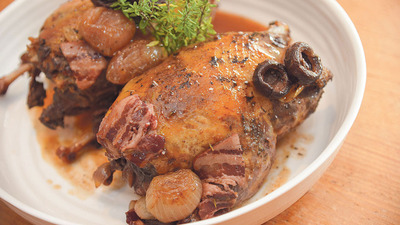
Pheasant Ragu
Serves 4
Ingredients:
100g butter
1 tbsp olive oil
100g pancetta diced
1 tbsp fennel seeds
Pinch of dried chilli flakes
2 celery stalks, finely diced
fennel bulb, finely diced
1 onion, finely diced
1 carrot, finely diced
2 cloves garlic, finely chopped
4 pheasant thighs
100g shin veal (optional)
100ml Amontillado sherry
3 tbsp tomato puree
A little stock, chicken or vegetable
Salt and pepper
Freshly grated parmesan
Handful of chopped parsley
Method:
Heat the oven to 150c.
Season the pheasant thighs and veal with some salt and pepper.
In a heavy casserole pan, brown the meat in the oil on a medium/high heat. Remove and set aside.
Reduce the heat, gently fry the pancetta in half of the butter and remaining fat for 3-4 minutes, then add the fennel seeds and chilli flakes, fry for 1 minute more.
Add the diced vegetables and garlic and turn the heat down to low, adding a pinch of salt to draw out the moisture.
After 10-15 minutes when the veg is completely soft, place the meat back in and add the sherry, allow to come to a simmer and add the tomato puree and enough stock to cover.
Cover loosely and place in the oven for 3-4 hours, until the meat is falling apart and the liquid has reduced by half.
Give the mixture a good stir, breaking up the meat into small shards. Reduce further on the hob if needed, until the mixture is a glorious thick sludge.
Before serving, stir through a final knob of butter, a couple of handfuls of grated parmesan and the chopped parsley.
If your cheffing abilities appeal more to marinating a chicken and sizzling some wings on the BBQ, fear not because this recipe for spiced spatchcock partridges may be more up your street. The brining is the real star of the show here, with The Game Chef coming up with yet another tantalisingly tasty meal that can be served with whatever takes your fancy.










